Video of the Week:
Storing Tender Bulbs for the Winter
Turfgrass:
Control Broadleaf Weeds in Lawns in Late October - Early November
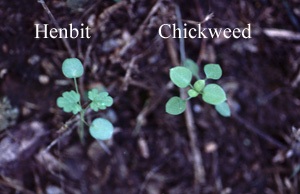
Choose a day that is 50 degrees or higher. The better the weed is growing, the more weed killer will be moved from the leaves to the roots. Cold temperatures will slow or stop this process. Weed Free Zone (also sold under the name of Speed Zone) contains the three active ingredients mentioned above, plus carfentrazone. It will
give a quicker response than the other products mentioned especially as temperatures approach 50 degrees. (Ward Upham)
Tree Leaves and Turf
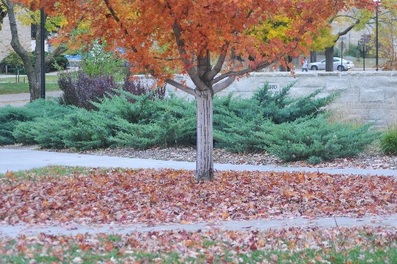
Turf left in this state for an extended period will be unable to make the carbohydrates needed to carry it through the winter.
There are options for dealing with the fallen leaves other than bagging them up and putting them out for the trash collector. Composting is a great way to handle the refuse. Compost can then be used in the vegetable garden and flowerbeds. If you do not compost, you can mow leaves with a mulching mower and let shredded leaves filter into the turf canopy. (A side-discharge mower also will work, but it won't shred the leaves as thoroughly.) This method will be most effective if you do it often enough that leaf litter doesn’t become too thick. Mow while you can still see grass peeking through the leaves.
You may wonder whether this practice will be detrimental to the lawn in the long run. Research at Michigan State University in which they used a mulching mower to shred up to about one pound of leaves per square yard
of lawn (one pound is equal to approximately 6 inches of leaves piled on the grass) for five consecutive years, found no long-term effects of the shredded leaves on turf quality, thatch thickness, organic content of the thatch, or soil test results (pH, nutrients, etc.). If you mow leaves and have a cool-season lawn, it makes sense to be on a fall nitrogen fertilization program and core-aerate in the fall (things you should be doing anyway). If you have a warm-season lawn, you can still use this technique but wait to fertilize and core-aerate until next late
May or early June. (Ward Upham)
Vegetables:
Hardiness of Cool-Season Vegetables
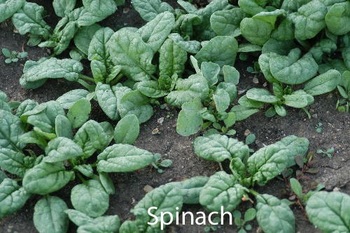
Semi-hardy crops can take a light frost but are damaged by temperatures in the mid- to upper-20s. Examples include beets, Chinese cabbage, collards, Irish potatoes, Bibb lettuce, mustard, radishes, spinach, Swiss chard, and leaf lettuce. Covering these plants when cold weather threatens can help extend the harvest season.
Plants termed “hardy” can take lower temperatures but are damaged when the temperature drops to the low 20s. These include cabbage, broccoli, cauliflower, Brussels sprouts, carrots, turnips, and kale.
Certain root crops can essentially be stored outside even after the leaves have been damaged or killed by frost. Beets, carrots, potatoes and turnips can be mulched and harvested as needed until the soil starts to freeze in late November to December.Growing vegetables in Kansas can be a challenge, but we have an extremely long gardening season. We can harvest from early April (asparagus) to early December. Winter is a good time to plan and prepare for next year’s crops. (Ward Upham)
Winter Mulching of Vegetables
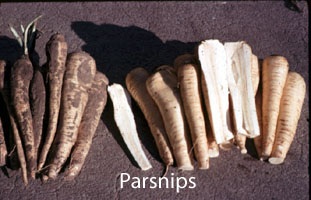
Rhubarb is a shallow-rooted perennial crop that can also benefit from mulching to help stabilize soil temperatures. Plants that are not mulched may be heaved out of the ground by alternate freezing and thawing through the winter. Mulching moderates these temperature shifts and helps protect the plant. Mulch should be removed by mid-March so soil warming can encourage early emergence. (Ward Upham)
Miscellaneous:
What is the "Wild" Shrub with the Bright Red Berries
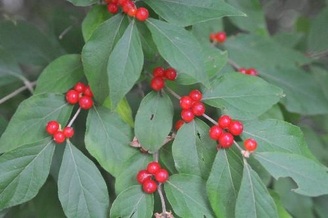
This landscape shrub has become a serious understory invasive throughout the Midwest from eastern Kansas to Ohio. Many states have it on their noxious weeds list. All of our native honeysuckles are vines, similar to the vining Japanese honeysuckle. Amur and Tatarian honeysuckles are very noticeable in the spring as they put out leaves much earlier than most other trees and shrubs. Leaves also stay green much later into the fall. This long growing season gives it a competitive advantage over other native species, and the vigorous growth can take over a woodland understory, reducing the number of native woodland wildflowers and other shrubs. If you want to promote native species on your property, then controlling bush honeysuckles is needed. Honeysuckle seedlings can be readily hand pulled when the soil is damp. Chemical control is needed for larger infestations, as cutting alone results in vigorous resprouting. Foliar applications of glyphosate (i.e., Roundup) in late summer and fall works well as does applications of Crossbow (2,4-D + triclopyr). Treating cut stumps with Tordon RTU (picloram), or concentrated (20% - 50%) glyphosate is also quite effective. Several studies have shown basal spraying with triclopyr (Garlon) not to be effective, while basal applications with 2,4-D or picloram products work well, using an oil carrier to penetrate the bark. Please follow all label instructions when using pesticides. (Charlie Barden and Ward Upham)
My Oaks are Raining Worms
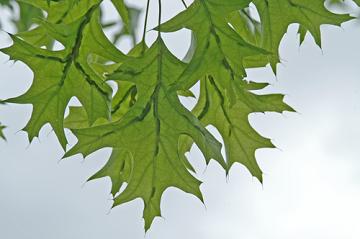
The larvae came from the vein galls that are on the pin oak leaves. Newly hatched larvae feed on the veins of
young leaves in the spring and cause a swelling and flattening of the veins. These maggots are now
dropping to the ground in order to pupate. Adults emerge early the next spring to start the cycle all over again. The midges apparently cause no damage. (Ward Upham)
Drip Irrigation for Community Gardens Publication Available
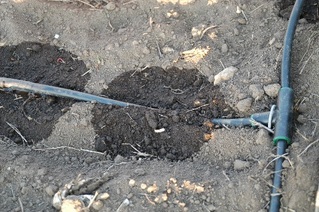
Contributors: Charles Barden, Extension Forester; Ward Upham, Extension Associate
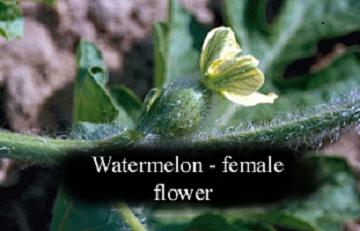
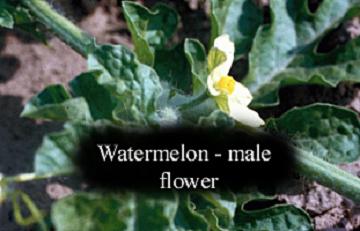
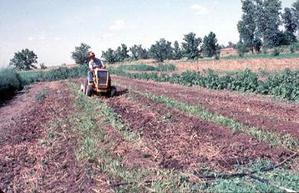
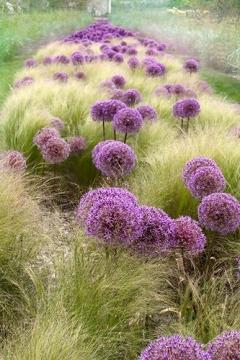
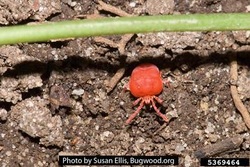
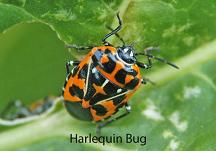
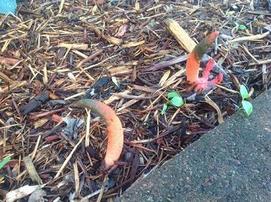
 RSS Feed
RSS Feed
